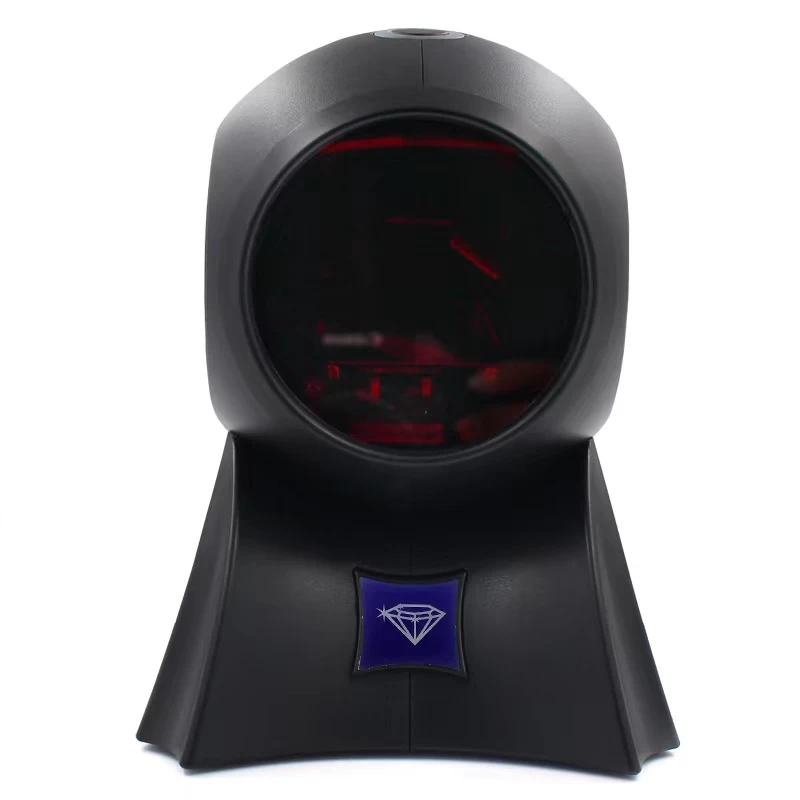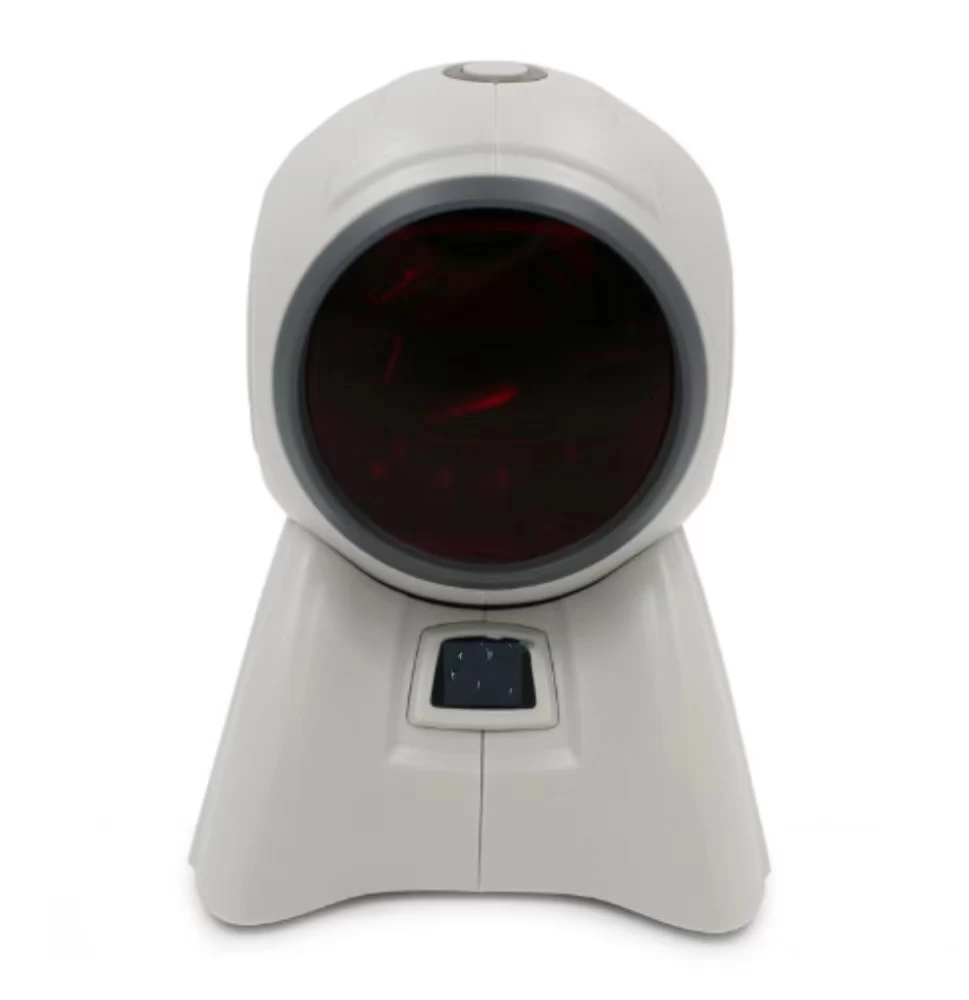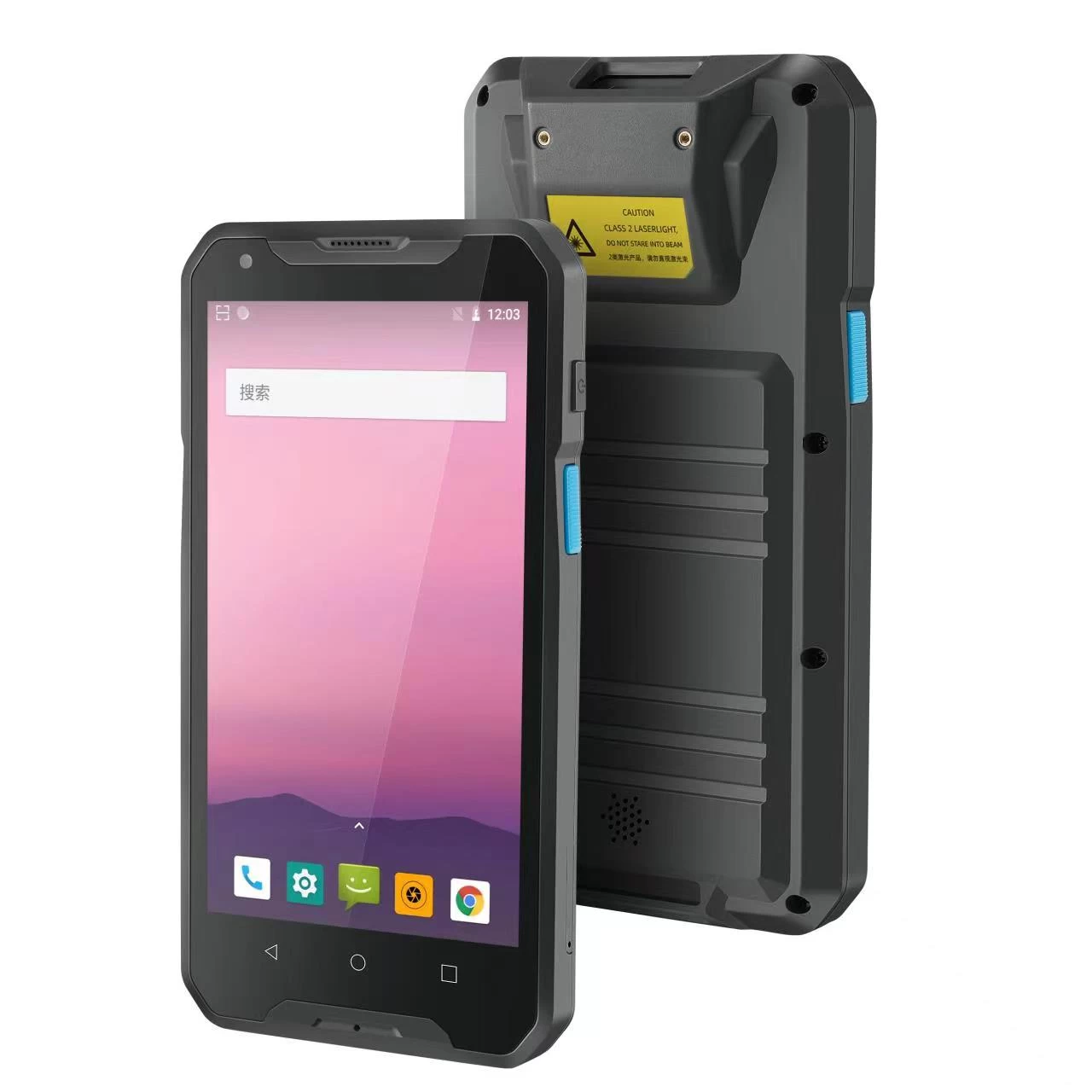How a Barcode Reader Works
ben
Yumite
2016-09-03 11:41:36
Barcode scanners can be extremely simple devices made up of a light source, a photo diode and a simple decoder or complex CCD or camera based scanners. Learn how barcode scanners work and how to
scan barcodes into a computer.
There are currently four different types of barcode scanners available. Each uses a slightly different technology for reading and decoding a barcode. There are pen type readers (i.e. barcode
wands), laser scanners, CCD readers and camera based readers.
Laser Readers
Laser scanners work the same way as pen type readers except that they use a laser beam as the light source and typically employ either a reciprocating mirror or a rotating prism to scan the laser
beam back and forth across the barcode. Just the same as with the pen type reader, a photo diode is used to measure the intensity of the light reflected back from the barcode. In both pen readers
and laser scanners, the light emitted by the reader is tuned to a specific frequency and the photo diode is designed to detect only this same frequency light.
Pen type readers and laser scanners can be purchased with different resolutions to enable them to read barcodes of different sizes. The scanner resolution is measured by the size of the dot of
light emitted by the reader. The dot of light should be equal to or slightly smaller than the narrowest element width ("X" dimension). If the dot is wider than the width of the narrowest bar or
space, then the dot will overlap two or more bars at a time thereby causing the scanner to not be able to distinguish clear transitions between bars and spaces. If the dot is too small, then any
spots or voids in the bars can be misinterpreted as light areas also making a barcode unreadable. The most commonly used X dimension is 13 mils (roughly 4 printer dots on a 300 DPI printer).
Because this X dimension is so small, it is extremely important that the barcode is created with a program that creates high resolution graphics (like B-Coder).
CCD Readers
CCD (Charge Coupled Device) readers use an array of hundreds of tiny light sensors lined up in a row in the head of the reader. Each sensor can be thought of as a single photo diode that measures
the intensity of the light immediately in front of it. Each individual light sensor in the CCD reader is extremely small and because there are hundreds of sensors lined up in a row, a voltage
pattern identical to the pattern in a barcode is generated in the reader by sequentially measuring the voltages across each sensor in the row. The important difference between a CCD reader and a
pen or laser scanner is that the CCD reader is measuring emitted ambient light from the barcode whereas pen or laser scanners are measuring reflected light of a specific frequency originating from
the scanner itself.
Camera Based Readers
The fourth and newest type of barcode reader currently available are camera based readers that use a small video camera to capture an image of a barcode. The reader then uses sophisticated digital
image processing techniques to decode the barcode. Video cameras use the same CCD technology as in a CCD barcode reader except that instead of having a single row of sensors, a video camera has
hundreds of rows of sensors arranged in a two dimensional array so that they can generate an image.
The factors that make a barcode readable are: an adequate print contrast between the light and dark bars and having all bar and space dimensions within the tolerances for the symbology. It is also
helpful to have sharp bar edges, few or no spots or voids, a smooth surface and clear margins or "quiet zones" at either end of the printed symbol.

scan barcodes into a computer.
There are currently four different types of barcode scanners available. Each uses a slightly different technology for reading and decoding a barcode. There are pen type readers (i.e. barcode
wands), laser scanners, CCD readers and camera based readers.
Laser Readers
Laser scanners work the same way as pen type readers except that they use a laser beam as the light source and typically employ either a reciprocating mirror or a rotating prism to scan the laser
beam back and forth across the barcode. Just the same as with the pen type reader, a photo diode is used to measure the intensity of the light reflected back from the barcode. In both pen readers
and laser scanners, the light emitted by the reader is tuned to a specific frequency and the photo diode is designed to detect only this same frequency light.
Pen type readers and laser scanners can be purchased with different resolutions to enable them to read barcodes of different sizes. The scanner resolution is measured by the size of the dot of
light emitted by the reader. The dot of light should be equal to or slightly smaller than the narrowest element width ("X" dimension). If the dot is wider than the width of the narrowest bar or
space, then the dot will overlap two or more bars at a time thereby causing the scanner to not be able to distinguish clear transitions between bars and spaces. If the dot is too small, then any
spots or voids in the bars can be misinterpreted as light areas also making a barcode unreadable. The most commonly used X dimension is 13 mils (roughly 4 printer dots on a 300 DPI printer).
Because this X dimension is so small, it is extremely important that the barcode is created with a program that creates high resolution graphics (like B-Coder).
CCD Readers
CCD (Charge Coupled Device) readers use an array of hundreds of tiny light sensors lined up in a row in the head of the reader. Each sensor can be thought of as a single photo diode that measures
the intensity of the light immediately in front of it. Each individual light sensor in the CCD reader is extremely small and because there are hundreds of sensors lined up in a row, a voltage
pattern identical to the pattern in a barcode is generated in the reader by sequentially measuring the voltages across each sensor in the row. The important difference between a CCD reader and a
pen or laser scanner is that the CCD reader is measuring emitted ambient light from the barcode whereas pen or laser scanners are measuring reflected light of a specific frequency originating from
the scanner itself.
Camera Based Readers
The fourth and newest type of barcode reader currently available are camera based readers that use a small video camera to capture an image of a barcode. The reader then uses sophisticated digital
image processing techniques to decode the barcode. Video cameras use the same CCD technology as in a CCD barcode reader except that instead of having a single row of sensors, a video camera has
hundreds of rows of sensors arranged in a two dimensional array so that they can generate an image.
The factors that make a barcode readable are: an adequate print contrast between the light and dark bars and having all bar and space dimensions within the tolerances for the symbology. It is also
helpful to have sharp bar edges, few or no spots or voids, a smooth surface and clear margins or "quiet zones" at either end of the printed symbol.















